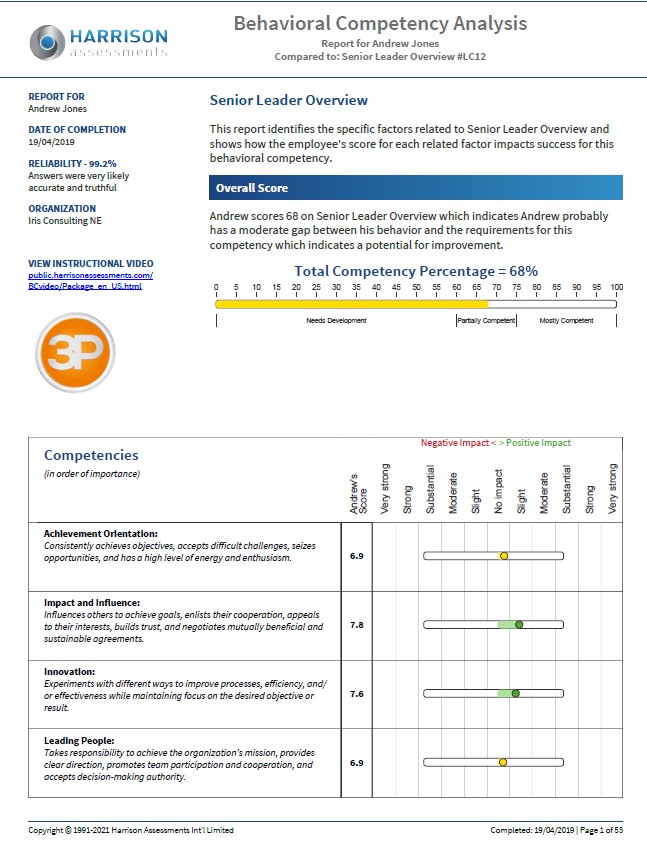Does your organisation value trust?

Does your organisation value trust?
In my work as a leadership facilitator, I often work with organisations who include ‘Trust’ or ‘Trustworthiness’ in their company values. This is a worthy value indeed and is often described in terms of accountability, responsibility for outcomes, transparency and supportiveness – again all very virtuous. So why is it that when I ask groups of employees about their company values, they can only just about remember them and find it difficult to describe them in meaningful terms? Of course, the first reason is sometimes obvious – they have been imposed on them from above and employees have not been given the opportunity to engage with the values and work out what they mean in terms of behaviour. In which case they remain just words that appear on the walls of the organisation or on the website but not in the hearts of the employees.
But let’s take a deeper look –
In reality, as an employee, you are asking me to trust my fellow employees to complete projects and tasks that are going to keep both internal and external customers happy. Seems simple enough? So, what gets in the way? Perhaps a delve into unconscious behavioural preferences might give us some answers. The following continuums of preference will help us gain some insights.
Specifics – Big picture
People who prefer to work in the detail of a project are unlikely to trust the person with a big picture perspective to ‘do the job as well as I can’. The big picture perception is that ‘this person will never get it done because he/she is so bogged down in the detail so I can’t trust them to get it done within the deadline’.
Internal Reference – External Reference
Internally referenced people don’t need others to tell them the way things are going or whether something is going to work – they simply ‘know’. They are not always right of course but that’s ‘just the way it is’. Externally referenced people measure their success externally i.e. someone else’s validation or a measure such as a degree, medal or certificate. Internally referenced people see this as ‘flakey’ as externally referenced people often ask for feedback. So, trust flies out the window here too. Externally referenced people can view the internally referenced guy/gal as arrogant and ‘can’t be told’ so is obviously untrustworthy.
Procedures – Options
Procedural people get things done by following a procedure which has either been tried before or has been clearly laid out for them. Options people review different choices and will often rewrite new procedures, much to the annoyance of the procedurals. Definitely can’t be trusted because they change their minds! Procedurals on the other hand, from the perspective of the person who prefers choice, can’t be trusted to get creative and come up with new ideas and innovations!
Considerers – Doers
Considerers like to take their time to consider every aspect of a project before setting off. ‘Oh we’ll never get this off the ground’ shout the doers. ‘If we want it done by the deadline considerers can’t be trusted!’ ‘Woha – hold back’ shout the considerers to the doers. ‘We need to think this through – if you are just going to take off, we will make mistakes and get it wrong’. Definitely can’t be trusted.
And of course, there are many more unconscious patterns that make us either unconsciously trust or mistrust people. These are extreme examples but nonetheless common in organisations and at grass roots level are far more dominant than the values passed down from above. So now we have conflict and are in need of an answer.
The answer is simple – recognition and acceptance. Recognising these patterns and valuing them all is paramount to success. Put a detail and global person together and they will come up with an excellent answer. A procedural person will put an options idea into practice and follow it through beautifully. But trust will only come about through awareness of and capitalisation on, behavioural preference!
If you would like to know more about behavioural preferences and how they affect our results please call Pat on 07768 92224 or email pat@quadrant1.com
Pat Hutchinson is the co-author of Brilliant NLP, the Brilliant NLP Workbook and How to be Confident with NLP. She is also the author of How to Sell with NLP all published by Pearson Education. She has been working with leaders using NLP for 21 years. For more information about Pat please see her Linked In profile
Happy Trusting!




 More than 30 years ago Dr Dan Harrison began to conduct some research into what makes people perform well in the workplace. His research concluded that if people enjoy at least 75% of their work they will do it well and become more productive. He also utilized paradox theory in the design of his unique talent solution which has been developed and refined over the years to become one of the most effective talent solutions on the market today. Basically saying that assessments that utilize a bipolar measuring mechanism are missing the point that people can demonstrate a combination of two opposing traits – it’s not a question of either or it’s a combination of both which produce balanced versatility of behaviour. For example, being frank doesn’t mean that you are never diplomatic. You can have both traits. These two factors alone make
More than 30 years ago Dr Dan Harrison began to conduct some research into what makes people perform well in the workplace. His research concluded that if people enjoy at least 75% of their work they will do it well and become more productive. He also utilized paradox theory in the design of his unique talent solution which has been developed and refined over the years to become one of the most effective talent solutions on the market today. Basically saying that assessments that utilize a bipolar measuring mechanism are missing the point that people can demonstrate a combination of two opposing traits – it’s not a question of either or it’s a combination of both which produce balanced versatility of behaviour. For example, being frank doesn’t mean that you are never diplomatic. You can have both traits. These two factors alone make 
 Resilience and Perseverance – what is it?
Resilience and Perseverance – what is it? 1 – As a leader, it’s our responsibility to lead through the good and bad. Our team needs to know that, whatever else is going on, we are there to support them and to help them learn and grow from the challenges they face too.
1 – As a leader, it’s our responsibility to lead through the good and bad. Our team needs to know that, whatever else is going on, we are there to support them and to help them learn and grow from the challenges they face too. Throughout the Euro 2020 campaign Southgate demonstrated excellent leadership qualities, generating respect and admiration across the board. Southgate’s comments on last night’s loss epitomise these qualities:
Throughout the Euro 2020 campaign Southgate demonstrated excellent leadership qualities, generating respect and admiration across the board. Southgate’s comments on last night’s loss epitomise these qualities:
